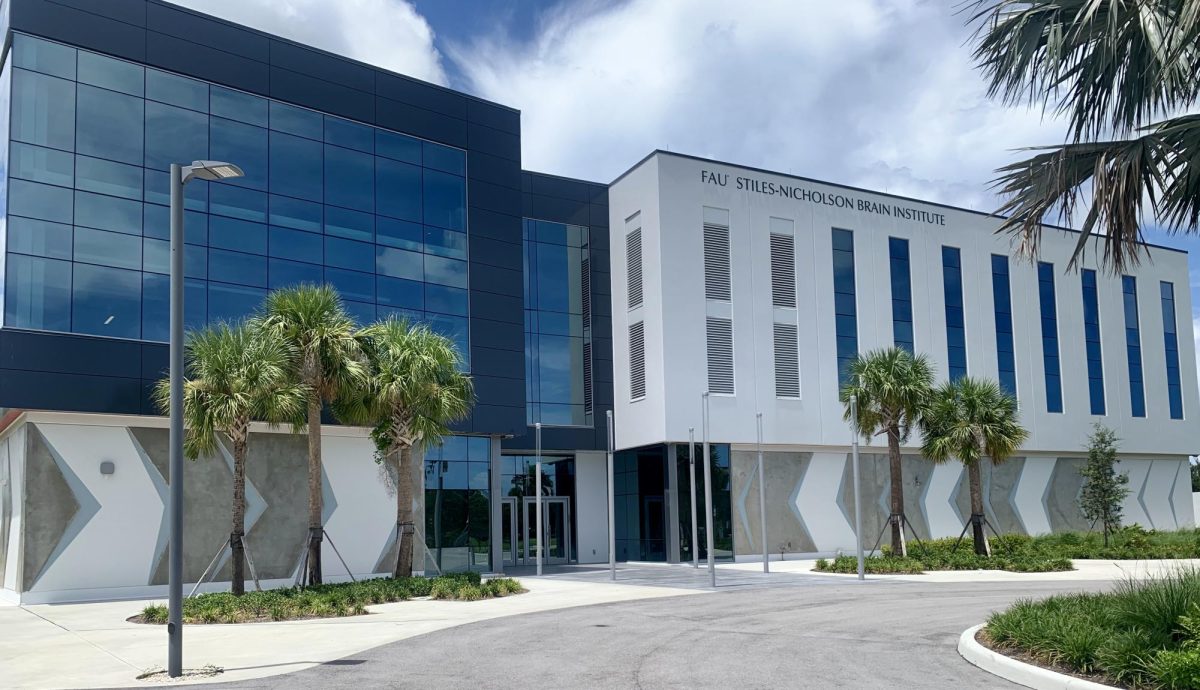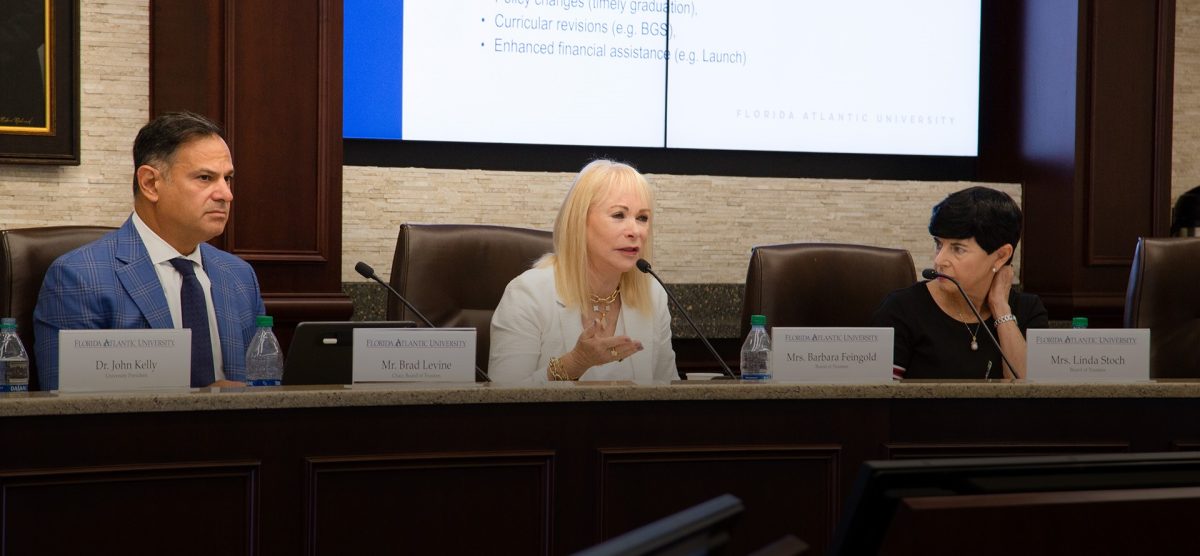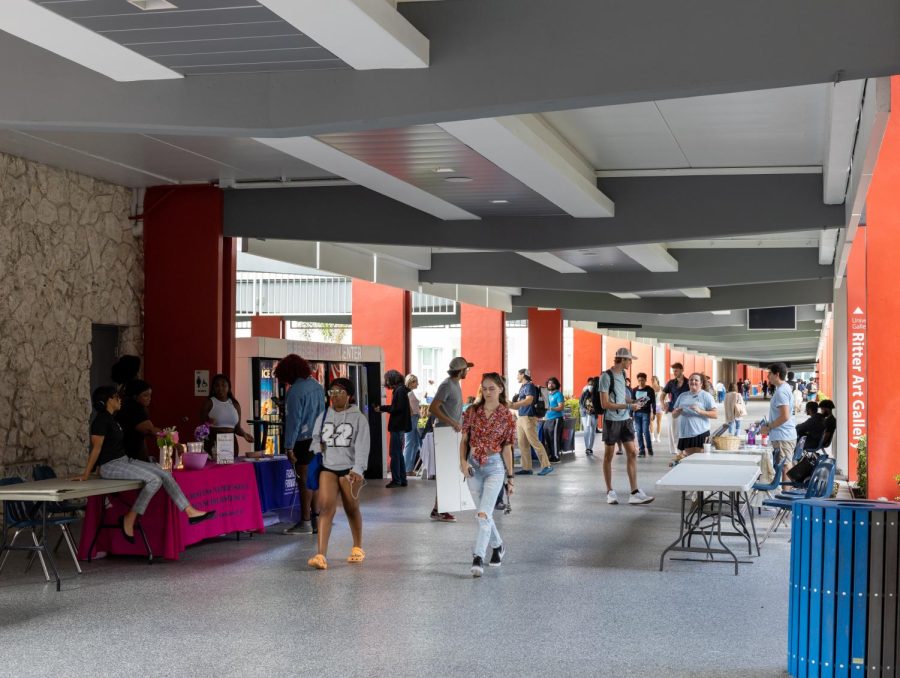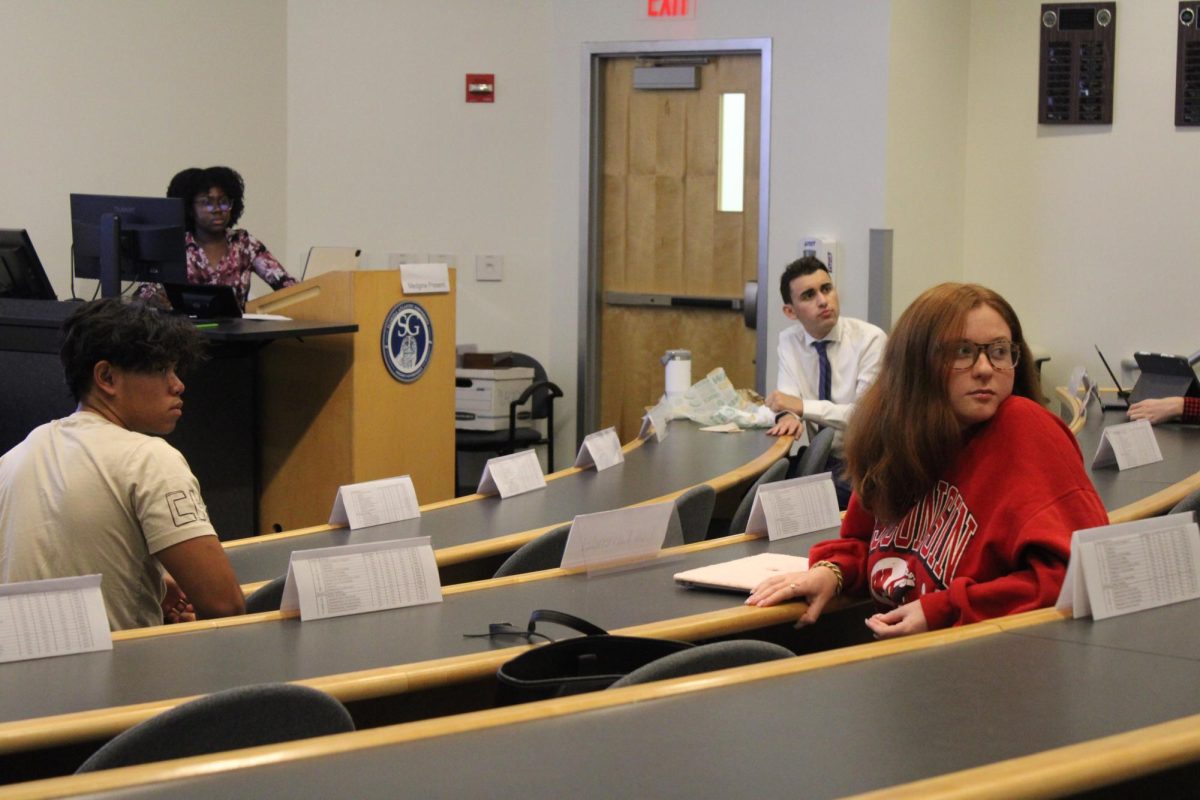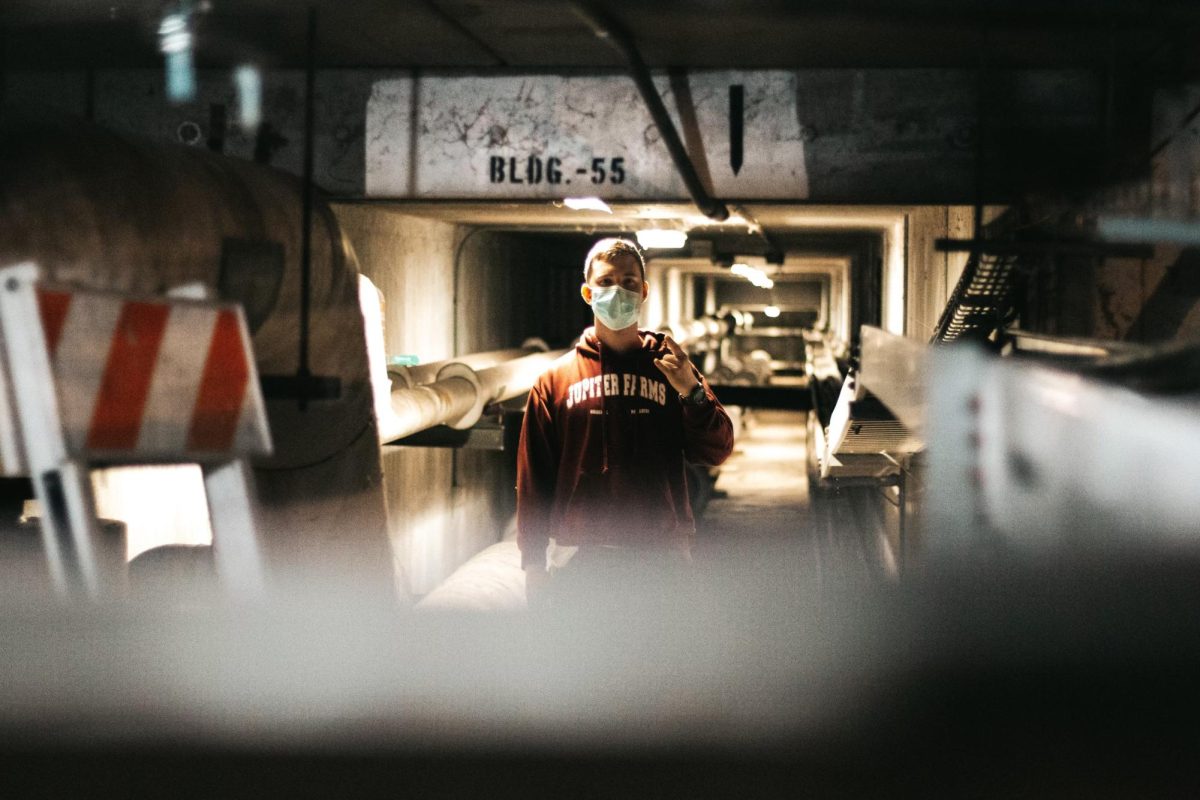This story was written and reported by veteran Palm Beach County reporter Joel Engelhardt and FAU University Press Editor-in-Chief Jessica Abramsky.
A $35 million building that opened in January on the Jupiter campus of Florida Atlantic University closed suddenly at the end of July and could remain closed for six months.
FAU officials are mum on the reason for the abrupt evacuation of the Stiles-Nicholson Brain Institute just six months after officials proclaimed it a “beacon of hope” that “heralds a new era in neuroscience research, education and community engagement.”
But a memo obtained by the FAU University Press and shared with Stet Media Group, which covers Palm Beach County, indicates the building’s air-handling system forced the shutdown.
“Our current state is to relocate occupants (by 7/30/23) and then animals (ASAP) because the building pressurization is unstable and any condition which knocks the HVAC off line (fire alarm, power fluctuation, or otherwise) causes the potential for entrapment,” Wendy Ash Graves, the director of the FAU Office of Environmental Health and Safety, wrote to colleagues on July 29, a Saturday.
Calls to several university officials involved in the decision and to the university media relations office were not returned. But industry experts say the memo indicates that problems with ventilation and air-conditioning could be behind the closure.
The pressure inside the building became so strong that people would become trapped in rooms because they couldn’t open the doors, one person who works in the building but declined to be identified out of fear for his job told the University Press.
That would be particularly troublesome in off hours, when animals locked in a room could be deprived of fresh air, one engineer who reviewed the memo said.
“A building is an organism and apparently they screwed up the lungs,” he said.
The email from Graves came in reply to an email sent that same Saturday by Sylvia Gografe, assistant vice president for research in the Department of Comparative Medicine.
“My staff has experienced quite some angry students that blame CM (Comparative Medicine) for ruining their studies,” Gografe wrote. “It will be important to communicate to all stakeholders including students, postdocs, etc. what is really going on and why we have to move out of the facility rather sooner than later.
“A lot of information seems to have trickled through but only to specific researchers and rumors are running wild.”
Keeping conditions constant is critical to animal research and moving them during an experiment can disrupt or eliminate months of work.
However, the university did not issue a press release to explain the closure of a building that consumed $35 million in state money and drew $10 million toward programming from Jupiter philanthropist David J.S. Nicholson.
The three-story, 58,000-square-foot building is “undergoing an evaluation of its building services systems due to some apparent malfunctions,” the university said in a brief emailed statement first reported by the University Press on Aug. 4.
“In an abundance of caution, most of the occupants of the building have moved to alternate spaces. … Initial estimates suggest the project may take up to six months, but it is far too early to establish a firm time frame.”
University spokesperson Joshua Glanzer did not take phone calls from Stet and instead converted an introductory email into a public records request, which five days later had not been fulfilled.
Hundreds of people and 70 rats
The university pitched the building to the Board of Governors of the State University System of Florida in a 2017 workshop as a way to “allow FAU to become an equal partner on the Jupiter campus with Scripps and Max Planck,” the two scientific powerhouses recruited to Jupiter by then-Gov. Jeb Bush in the mid-2000s.
It would support jobs for 20 principal investigators and faculty, 20-plus research faculty and postdocs, 40-plus graduate students and 60-plus undergrads, the university told its governing board.
As such, the building also had animals living in a vivarium, which creates a natural habitat that could have been endangered by problems with the air mechanics. Gografe’s email cited the need to move about 70 rats to the university’s Boca Raton campus.
Contractor was DPR Construction
One of the two contractors who built the neighboring Max Planck Florida Institute in 2009, Redwood City, California-based DPR Construction, completed work on the FAU building on Nov. 22, a spokeswoman said and referred all questions to FAU.
Also in November, the building passed its state fire marshal inspection and received its certificate of occupancy from FAU’s building code administrator, documents provided to the University Press reveal.
While the building is in Jupiter, the town has no oversight of its construction and town officials said in mid-August that they did not know the building had been closed.
FAU consultant Pacifica Engineering Services of Delray Beach oversaw construction inspections and deemed the building to have passed code in October 2022, the documents reveal.
Houston-based PGAL architects bettered four other firms in 2018 to win the right to design the building, online university documents show.
Boston-based BR+A Consulting Engineers takes credit on its website for the building’s construction engineering.
No list of subcontractors on the job was made immediately available by FAU.
Visualizing brain cells
The building’s first floor is home to the Center for Brain Disease Modeling, the university announced in a news release when the building opened on Jan. 19.
Its study of brain disorders includes Alzheimer’s disease, autism, addiction and brain cancer. The space more than doubled FAU’s capacity for physiological and behavioral analyses.
The second floor featured the Advanced Cell Imaging Core Laboratory, where the visualization of brain cells takes place, the university said. It also contains more than $1 million in equipment and houses one of 14 Nikon Centers of Excellence in the country.
The third floor is outfitted to support the researchers whose studies link molecular, cellular and computational neuroscience, the release said. The space also was set up to support advanced training of high school, undergraduate and graduate students in computational biology, chemistry and neuroscience.
Training students played an important role in Nicholson’s $10 million gift, which established the Stiles-Nicholson STEM Teacher Academy, which works with middle and high school teachers and students and will provide STEM training programs for educators through the Jupiter campus’ FAU High School, FAU said. STEM stands for science, technology, engineering, and math.
Nicholson, a hedge fund manager, formed the Stiles-Nicholson Foundation in 1992 to honor his father, William Stiles and stepfather William Nicholson. He did not return calls to the foundation seeking comment.
If you’ve been personally affected by this building closure, email [email protected] to share your experience. We’d love to hear from you.
This story also appeared with permission on Aug. 28 in the digital editions of OnGardens.org and Stet Media Group.
Jessica Abramsky is the Editor-in-Chief of the University Press. For more information on this article or others, you can reach Jessica at [email protected] or DM her on Instagram @jessabramsky.

